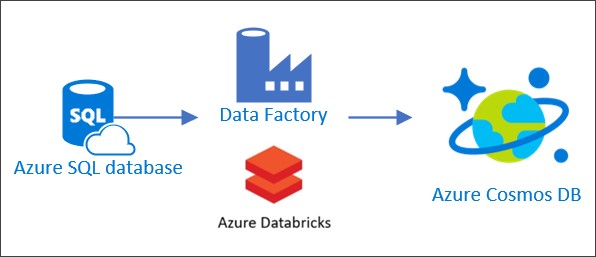


Native Mongo shell on Azure Cosmos DB API for MongoDB now in preview

Azure Private Link for Azure Cosmos DB now generally available

Migrating Relational Data into Azure Cosmos DB using Azure Data Factory and Azure Databricks

The latest news, updates and technical insights from the Azure Cosmos DB team




